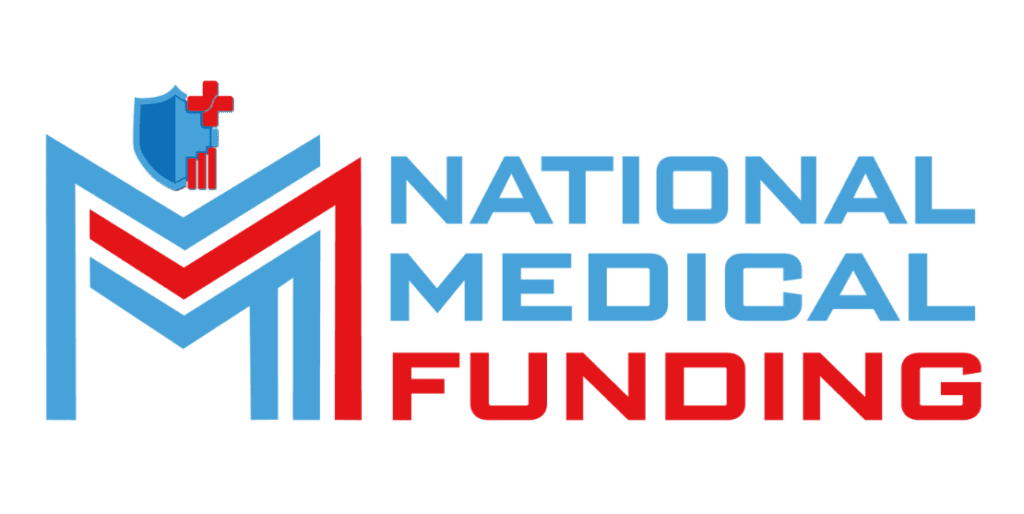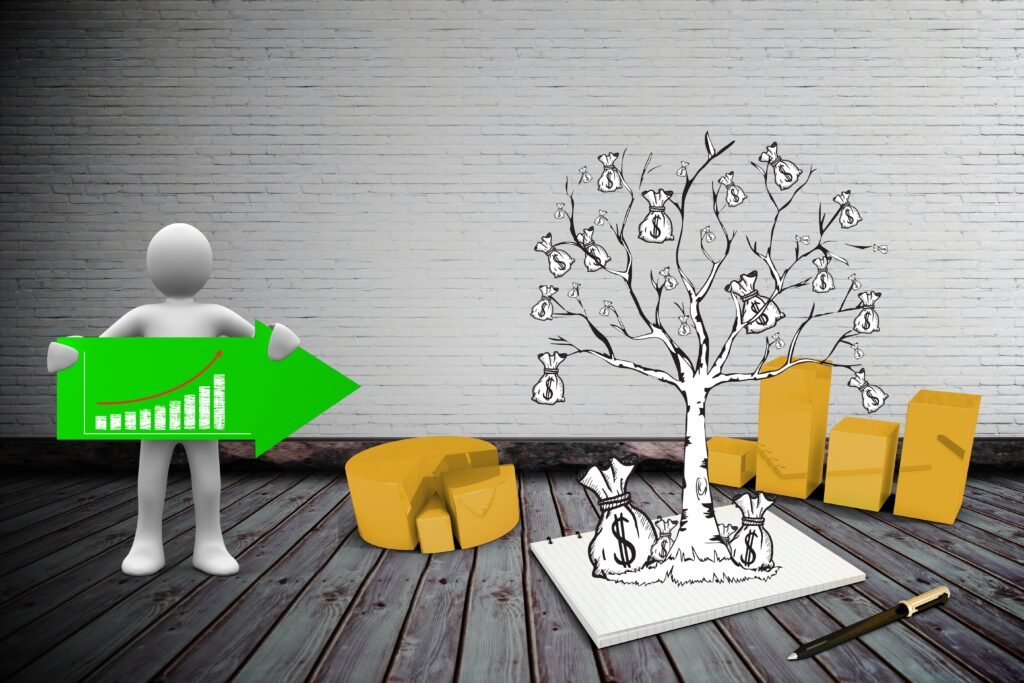
Navigating Healthcare Financing in 2025: Top
Healthcare is evolving at an unprecedented pace, and so...

Saturday and Sunday – CLOSED
support@nationalmedicalfunding.com



The Rise of Sustainability in Healthcare
Sustainability is no longer a buzzword—it’s a necessary shift. In 2025, healthcare providers are not only tasked with delivering quality care but also with reducing their environmental footprint. From energy-efficient infrastructure to eco-friendly medical equipment, the push for greener practices is intensifying. But one major barrier remains: funding. How do clinics and hospitals afford the transition? This is where smart healthcare financing comes in, bridging the gap between aspiration and implementation.
Healthcare facilities are among the largest energy consumers, and their waste production can be staggering. With growing awareness around climate change and environmental health, there’s pressure to shift toward sustainable practices. Hospitals produce an estimated 5.9 million tons of waste annually in the U.S. alone, a significant portion of which is incinerated, releasing toxins into the environment. That reality is pushing healthcare organizations to find greener alternatives across every area of operations.
Making eco-conscious changes often requires capital upfront. This is where tailored healthcare loan solutions help providers invest in green infrastructure without exhausting operational budgets. Financing allows a medical facility to implement cost-saving, eco-friendly upgrades today and pay them off over time. In fact, many healthcare lenders now offer financing products specifically aligned with sustainability goals.
To see how targeted financial solutions can help clinics stabilize budgets during transition periods, read Fixing Cash Flow Gaps in Your Medical Practice with Financing.
Sustainability Initiative | Description | Estimated Cost | Financing Method |
Energy-efficient HVAC | Reduces electricity use and operational cost | $20,000–$100,000 | Equipment financing or lease |
LED Lighting Retrofit | Lowers energy bills, lasts longer | $5,000–$50,000 | Short-term healthcare loan |
Solar Energy Systems | Cuts dependency on the grid | $100,000+ | Long-term healthcare loan |
Green Roof Installation | Improves insulation, reduces stormwater | $200,000+ | Sustainable development loan |
Eco-friendly Waste Disposal | Reduces environmental hazard | $10,000–$30,000 | Operating capital funding |

Forward-thinking healthcare lenders are starting to integrate environmental criteria into their loan offerings. Known as green financing or ESG (Environmental, Social, Governance) lending, this approach incentivizes sustainable investments. For instance, lower interest rates or flexible terms might be offered for clinics adopting energy-efficient technologies or pursuing LEED certification. This shift empowers providers to make impactful changes without financial strain.
While long-term investments like facility retrofitting require significant capital, smaller sustainable changes can be made with quick, accessible funding. Short-term healthcare loans can help clinics implement solutions like LED lighting, smart thermostats, or eco-conscious supply procurement.
Explore how short-term lending options support fast changes in Short-Term Healthcare Loans: A Lifeline for Clinics in 2025.
Investing in sustainability doesn’t just benefit the planet—it improves the bottom line. Energy-efficient appliances and systems lower utility bills. Reducing waste cuts down disposal costs. Even patients are increasingly drawn to providers who demonstrate environmental responsibility. Healthcare organizations that embrace green solutions can also qualify for tax credits and grants, further improving financial viability.
Initiative | Annual Savings | Payback Period | Long-Term ROI |
LED Lighting Upgrade | $5,000 | 1–2 years | High |
Solar Panel Installation | $15,000–$25,000 | 4–7 years | Very High |
Efficient HVAC Systems | $10,000 | 3–5 years | High |
Waste Management Systems | $3,000–$5,000 | 2–3 years | Moderate |
Medical equipment plays a significant role in energy consumption. Newer models are being developed with eco-efficiency in mind, but they often come at a premium. This is where healthcare financing for equipment becomes crucial. Spreading out the cost of high-efficiency MRI machines, digital imaging systems, or even eco-friendly sterilization units makes adoption financially feasible.
Get insights into upcoming trends in green tech through this blog: Top Medical Equipment Financing Trends Clinics Should Watch in 2025.
To truly embed sustainability into healthcare operations, financial strategy must evolve too. That means:
A mid-sized clinic in Oregon took out a $250,000 healthcare loan to invest in solar panels, LED lighting, and a paperless documentation system. Within 3 years, their energy costs dropped by 40%, and they were able to reinvest savings into patient care and new staff. They also received state tax credits, further reducing their long-term financial burden.
Despite the benefits, many providers hesitate to take the plunge into green initiatives due to financial uncertainty. This is where education and strategic partnerships with healthcare lenders matter. Customized funding strategies and expert guidance can remove the guesswork, empowering clinics to adopt eco-conscious solutions confidently.

Government programs increasingly reward healthcare facilities that go green. Incentives may include:
Being aware of and leveraging these opportunities can significantly reduce the cost burden of eco-projects.
Sustainable healthcare design isn’t just about reducing carbon footprints—it’s about long-term resilience. Clinics that operate sustainably are often better prepared for power outages, supply chain disruptions, and climate-related emergencies. Through strategic healthcare financing, providers can create facilities that are both environmentally responsible and operationally robust.
Environmental sustainability is no longer optional for healthcare providers—it’s a strategic imperative. As the healthcare industry moves toward greener practices, aligning your financial strategy is just as important as choosing the right technology. Whether you’re considering energy upgrades, equipment improvements, or green building initiatives, modern healthcare financing options can help you achieve your goals.
By partnering with forward-thinking healthcare lenders, providers can reduce operational costs, enhance patient trust, and contribute to a healthier planet—all while staying financially agile. It’s not just about funding—it’s about financing the future.
Healthcare is evolving at an unprecedented pace, and so...
In 2025, staying ahead in the healthcare industry means...

Fuel your medical practice’s growth with financial solutions tailored to your needs. We’re here to support independent practitioners and group practices with strategies built for success.
Mon Fri: 8:00am – 6:00pm
Saturday: Closed
Sunday: Closed
Copyright © 2025 National Medical Funding